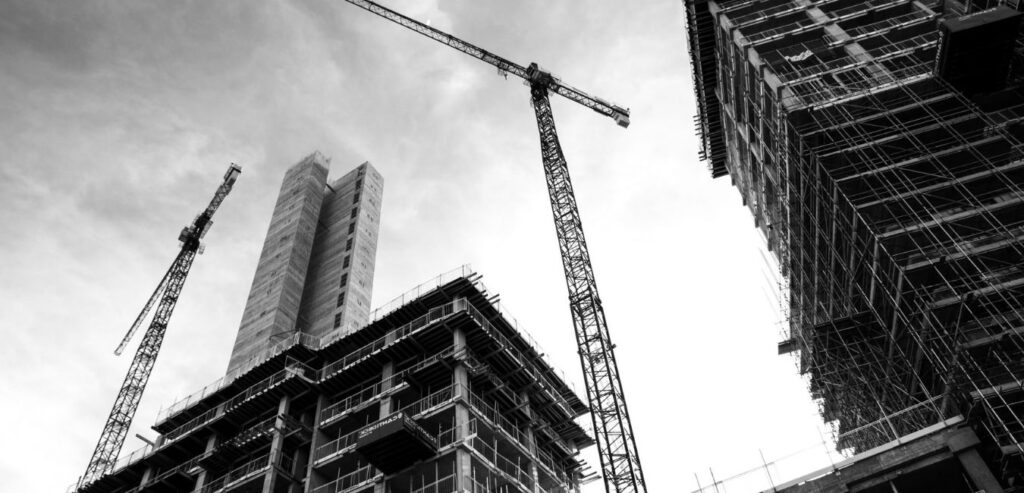STREAMLINING CONSTRUCTION COST ESTIMATION: BEST PRACTICES
Streamlining Construction Cost Estimation: Best Practices
Accurate cost estimation is a cornerstone of successful construction projects. It ensures that budgets are realistic, resources are allocated efficiently, and project timelines are met. However, the construction industry often faces challenges in cost estimation due to its complexity and the involvement of various variables. To streamline this crucial process, adopting best practices is essential. Let’s delve into the key strategies that can help streamline construction cost estimation.
Key Points:
- Detailed Project Scope Analysis: Before estimating costs, conduct a comprehensive analysis of the project scope. Understand the design specifications, materials required, labor needs, and equipment necessary. A clear scope ensures that no essential components are overlooked during cost calculations.
- Utilization of Historical Data: Leverage historical project data to identify patterns and trends. Past projects with similar scopes can serve as valuable references for estimating costs accurately. Historical data provides insights into potential cost overruns and allows for better risk assessment.
- Collaboration among Stakeholders: Engage all relevant stakeholders, including architects, engineers, contractors, and subcontractors, in the cost estimation process. Their collective expertise can contribute to a more comprehensive understanding of project requirements, leading to more accurate cost predictions.

- Digital Estimation Tools: Embrace technology by using digital estimation tools and software. These tools can automate calculations, reduce human error, and provide real-time updates. Advanced software can also account for variables such as inflation, market fluctuations, and currency changes.
- Multiple Cost Estimation Methods: Employ a combination of cost estimation methods, such as parametric estimating, analog estimating, and detailed bottom-up estimating. Each method has its strengths and weaknesses, and using multiple approaches can cross-validate estimates for greater accuracy.
- Incorporate Contingency and Risk Analysis: Include contingency funds to account for unforeseen expenses and risks. Conduct a risk analysis to identify potential challenges that could impact the project’s budget. Having a well-defined risk management strategy helps mitigate cost overruns.
- Regular Updates and Reviews: Construction projects are dynamic, and cost estimates should reflect changes in project scope, design alterations, or unexpected events. Regularly review and update cost estimates as the project progresses to ensure alignment with the current reality.
- Professional Expertise: Enlist the services of experienced construction estimators or cost consultants. Their industry knowledge, familiarity with market trends, and analytical skills can contribute to more accurate estimations.
- Clear Documentation: Maintain transparent and well-organized documentation of all cost estimation processes. This documentation not only provides clarity but also serves as a valuable resource for future projects.
- Learning from Post-Project Analysis: After project completion, compare actual costs with estimated costs. Analyze any discrepancies and identify the reasons for deviations. These insights can inform future cost estimation endeavors.
Streamlining construction cost estimation is pivotal for project success. By adopting these best practices, construction professionals can enhance accuracy, mitigate risks, and ensure that projects are executed within budgetary constraints. As technology advances and the industry evolves, incorporating these strategies will remain fundamental to achieving cost estimation excellence.


